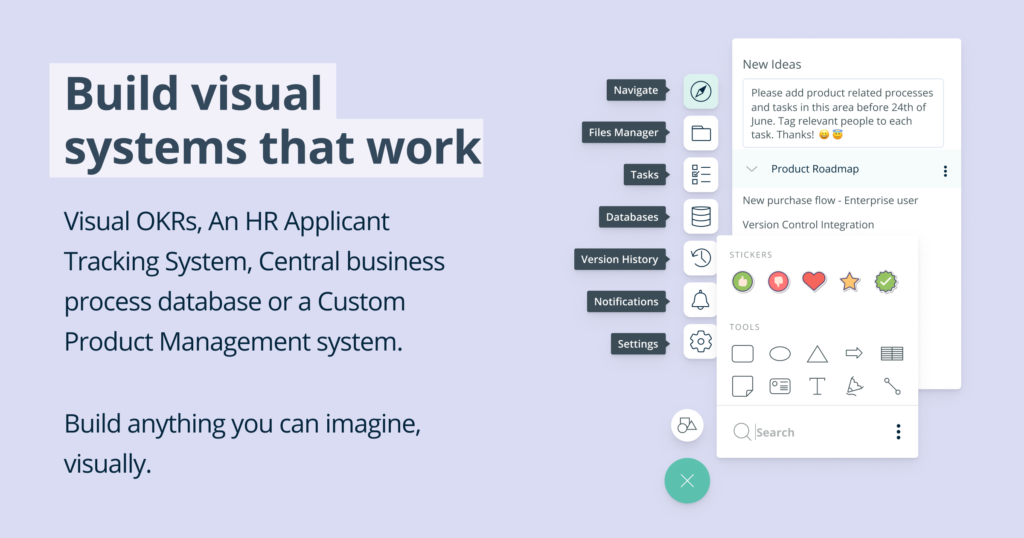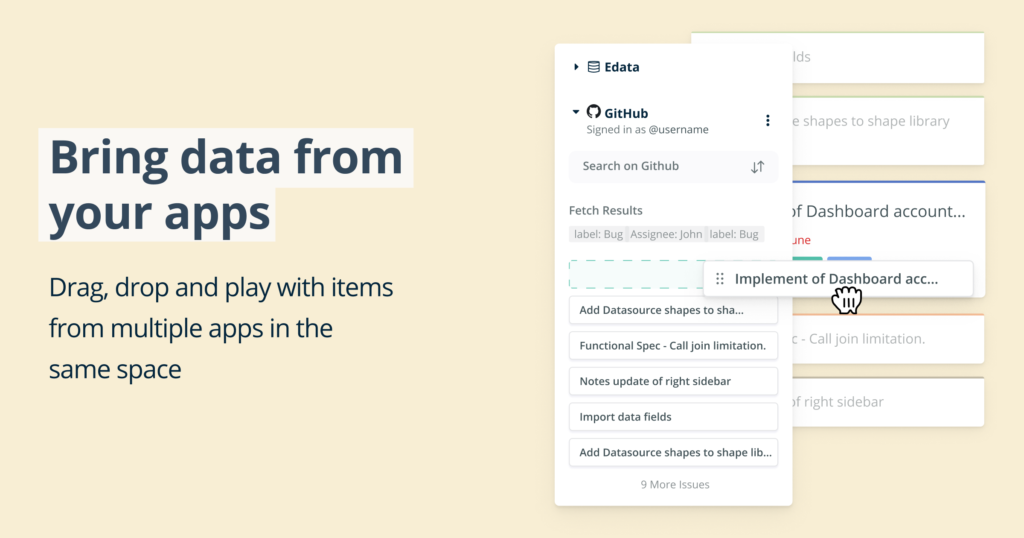How to do a Business Analysis Approach and Plan?
Very often Business Analysts are placed on a project without getting much input or say in how the Business Analysis aspects of the project will be implemented. This is often due to the fact that there isn’t much awareness within the organization around formal Business Analysis planning activities. It is mostly assumed that the Project Manager should be doing all planning including the Business Analysis aspects of the projects. Some Business Analysts are not really aware that it is also part of their core role as Business Analyst to contribute, initiate and plan the Business Analysis approach for a particular project or initiative. This includes agreeing the Business Analysis approach, plan out the specific tasks and specific deliverables, which will form the plan to achieve the agreed Business Analysis outcome. Many Business Analysts have not been taught how to do a Business Analysis Approach and Plan in their educational backgrounds and it is often up to learning these skills within the workplace.
This blog article aims to provide an outline around the topic of Business Analysis Approaches and Planning to assist Business Analysts with getting more confident in developing these aspects of Business Analysis.
Before we look at some practical aspects around how to put together a Business Analysis Approach and Plan, it is important to take note of the following key points:
- Each Business Analysis Approach should be unique in the aspects, which mirrors the specific needs of the particular project. This means that although the Business Analyst can refer to a checklist of considerations or a toolset when preparing the Business Analysis Approach, it is imperative to realize there is no standard Business Analysis Approach to apply to every project in exactly the same way.
- The most successful Business Analysis Approaches are the ones where the Business Analyst has a holistic view of the project dimensions before starting to formulate the Business Analysis approach. These dimensions include the project environment, people, culture, the timeframes, budgets and nature of the desired Business Analysis outcomes.
- Agreeing the desired Business Analysis outcome for the project is probably the most important part of preparing for getting the Business Analysis Approach and Plan defined. This is based on the basic premise that you need to know what you are working towards, in order to know what you should do.
This brings us to the definition of what is a Business Analysis Approach and why it is important?
The Business Analysis Approach is simply the agreed plans for how the Business Analysis outcome will be achieved. If we consider a metaphor where you must prepare a lunch for a group of friends. The outcome in this scenario is to have lunch ready for a group of friends. The approach is all about how are you going to go about preparing this lunch? Will it be on a BBQ, in your own kitchen or perhaps in a restaurant? Who will be at the lunch? Do they have specific dietary requirements? When are they available for the lunch? Once you have determined which approach to take to get the lunch ready, you can start working out the tasks and steps you must take to make the lunch a success. With this example you should be able to clearly see that if you don’t know what your specific outcome should be you would find it hard to decide on a Business Analysis approach to take to achieve the outcome. This will make it even harder to work out what specifically to do, how to do it and when to do it! It is therefore essential to have a clear view of the outcome, consider the best approach using the information you have and collect about the project dimensions and then defined the plan in terms of tasks to perform.

From a step-by-step perspective, defining the Business Analysis Approach and Plan for a project can be broken down into three key steps.
STEP #1: Define and agree the expected outcome
The very first thing to determine is what is the expected Business Analysis outcome for your project? This will be different for every project because each project has it’s own unique objectives. What might be similar between projects is the type of Business Analysis artifact that you are delivering. The contents of the Business Analysis artifact will always be unique and should be developed optimally to meet the project’s objectives.
Once you have a clear view of what the project need in the form a Business Analysis outcome you are ready to start working out what approach to take to achieve that agreed Business Analysis outcome.
STEP #2: Take stock of the Project dimensions
Now that you know what the expected Business Analysis outcome is, you are ready to start delving into the different options for how you can approach the task to deliver that outcome. You now have to get an understanding of the project landscape. This involves various different aspects of which we will cover some of the most important factors here.
The environment or organization to be more specific plays a key role in many aspects of your approach planning.
You need know the stakeholders you will have to work with. If you don’t know who your stakeholders will be yet, you should start by working out whom you would need to engage to achieve your Business Analysis outcome. Once you know who will be involved (and to what extent), you will have a lot to work with in terms of deciding how to approach the plans for execution.
For example, if you have stakeholders based in different offices around the city or country, you may need to think about having virtual requirements workshops rather than face-to-face sessions. This can be a cost saving for the project and this is when it is becomes important to also understand your timelines and budget for the requirements efforts. If you have a lot of time and money, you can perhaps afford to take a face-to-face requirements elicitation approach by having central workshops that people come to. If time and money is in fact limited you might need to take a different approach when eliciting requirements from those stakeholders.
Other factors you will need to consider is that general practice and culture of the organization. Do people expect to be included in the requirements detail or are you able to work at a higher level with most stakeholders. Do you need to engage a lot of people to ensure agreement and sign off of your Business Analysis artifacts or can you get away with only working with a small representative group? Are you able to obtain your approvals via email or do people expect formal structured walkthrough sessions. All these types of considerations will help you define what approach you should take to deliver the expected Business Analysis outcome in most successful way for that project in those particular circumstances.
There are many other factors that you should consider as part of formulating your Business Analysis approach and it is key to always do this in collaboration with the key project stakeholders. Once the key project stakeholders are in agreement with how you plan to approach the Business Analysis activities to achieve the expected Business Analysis outcome, you are ready to move to the next step of defining the Business Analysis activities for the project.
 STEP #3: Create the Business Analysis Plan
STEP #3: Create the Business Analysis Plan
At this point you know what approach you must take to deliver the Business Analysis outcome(s) for the project, however you must now take the time to create a specific Business Analysis Plan.
This is where you need to break down each key stage with their respective Business Analysis deliverables into specific tasks. Once you know what is required from a work breakdown perspective you are ready to estimate the effort required for the Business Analysis Plan. You will be able to present a specific Business Analysis Plan to the project stakeholders to demonstrate and outline the work involved and the number of Business Analysis resources you require (if you think you need more Business Analysts to help achieve the expected outcome within the timeframe and budget set).
In Conclusion
As an end result of doing your Business Analysis Approach and Plan you not only have a clear view of what the end goal will be but you know how you should go about it for that particular project. It demonstrates the value add of Business Analysis within the project environment in a very clear and pro-active way. As a Business Analyst you will most likely feel much more comfortable with working on a project with a clear Business Analysis outcome, an agreed Business Analysis Approach and all this supported with a specific and well suited Business Analysis Plan.
Have a look at our IIBA Endorsed Online Training Courses.







